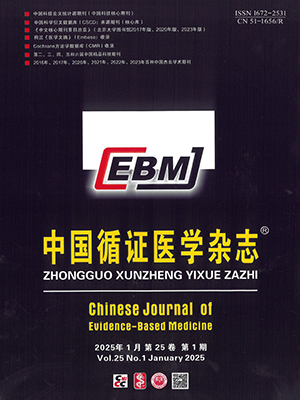Objective Application of auditory brainstem response (ABR) in the study on the relationship of neonates with hypoxic-ischemic encephalopathy (HIE) and the children with hearing loss and auxiliary determine the prognosis of encephalopathy.
Methods We prospectively selected neonates diagnosed as HIE in the department of neonatology of the Chengdu Women and Children Central Hospital from January, 2006 to June, 2008. Neonatal ABR was tested and the prognosis of neonates were observed through 3-year followed up in order to analyze the relationship between HIE severity and the severity of hearing handicap and the relationship between the severity of hearing handicap and prognosis. Statistical analysis was performed using SPSS 18.0. χ2 test was used to compare the rate between groups.
Results 40 cases involving 80 ears were included, of which 33 cases accomplished the 3-year follow-up for prognosis. The results showed that, 86.3% HIE neonates had hearing handicap (mainly mild hearing loss, 40.0%). Medium-severe HIE groups had more serious hearing handicap than Mild HIE group with a statistical significance (continuity correction χ2=7.383, P=0.007). ABR results showed that, mild HIE is mainly manifested as I wave PL prolonged or poorly differentiated, accounting for 78.1%; medium - severe HIE are mainly manifested as III and V wave PL prolonged central segment abnormalities, accounting for 95.8%; the hearing threshold no more than 60 dB group had better prognosis than the hearing threshold more than 60 dB group prognosis (Fisher exact probability P=0.001).
Conclusion ABR reflects that HIE severity and was positively related to the severity of hearing handicap. The more serious hearing loss in neonates is, the worse prognosis the neonates have. ABR can be used to assist the assessment of the prognosis of neonatal HIE.
Citation: JIANG Zhou,ZHAO Lili,SONG Wei. Application of Auditory Brainstem Response in the Hearing Loss and Prognosis Research on Neonatal Hypoxic Ischemic Encephalopathy. Chinese Journal of Evidence-Based Medicine, 2013, 13(7): 807-809. doi: 10.7507/1672-2531.20130145 Copy
Copyright © the editorial department of Chinese Journal of Evidence-Based Medicine of West China Medical Publisher. All rights reserved




